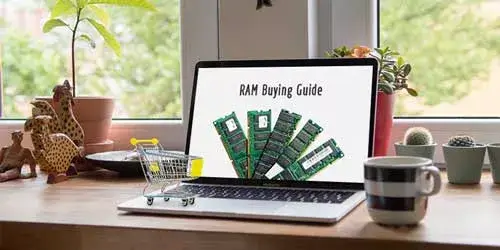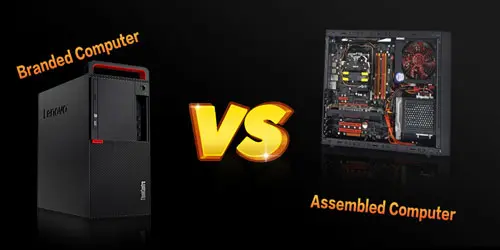How to Build A PC from Scratch | PC Build Guide
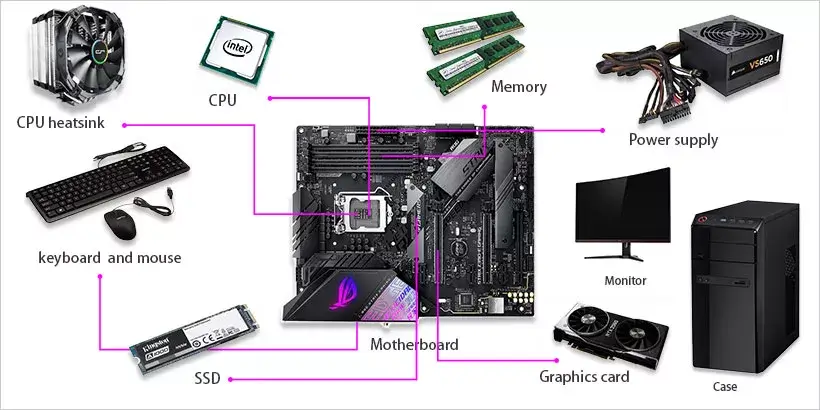
Building your own computer by yourself can not only save lots of money but also you can enjoy the fun of diy. Moreover, it is very convenient to purchase all kinds of computer components from the Internet, which makes it no longer difficult to build a computer by yourself.
This article might be a bit long and difficult to understand and it will take some time to read all of it. So, you can just skip to the appendixes, which are the complete lists of components of economical computers and cost-effective game computers for your reference.
PC Build Guide
1. What components do you need to build a computer
Before you start to buy and assemble components, let me tell you what components you need to build a pc.
PC Build Checklist:
- 1. CPU
- 2. Motherboard
- 3. Memory (RAM)
- 4. SSD
- 5. Graphics card (It is needless if CPU has integrated graphics.)
- 6. Power Supply Unit
- 7. CPU Heatsink
- 8. Monitor
- 9. Computer Case (It's optional. It is needless if you can accept the components are exposed outside.)
- 10. Operating System
- 11. Keyboard and Mouse
- 12. CD/ DVD-ROM (It's optional as well. You can install the system with a USB flash drive and download various drivers and software from the Internet, which make CD/ DVD-ROM dispensable.)
Must-know:
The main components that affect computer performance include CPU, memory, graphics card and HDD/SSD.
2. How to choose pc components
After knowing these, then we should make sure the performance and brands of components according to our budget. Generally speaking, the price of components with different performance varies greatly. Similarly, the price of components with different brands has a great difference even they have the same performance.
When choosing a component, we should consider in three aspects: quality, performance and price. Considering from the quality, we should choose the mainstream products of large manufacturers. As for performance, it is advisable to choose components that a little higher than our requirements. In terms of price, we should choose the cheaper one under the premise of meeting two above conditions.
Now let's start with a detailed introduction of how to choose pc components:
1. CPU
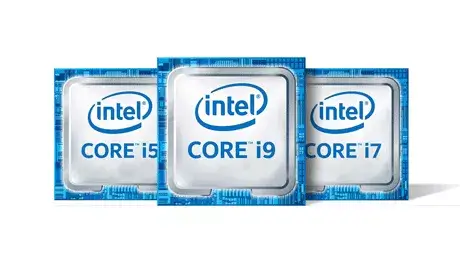
In term of CPU, there are only two main players in the market: Intel and AMD, both of which offer various types of CPUs.
The products of Intel have a better performance with higher price while the products of AMD have a higher cost performance ratio. However, when I used a product of AMD Ryzen series, I found that it was not such stable (I'm not sure if it's a case or a general issue). After then I prefer to build a pc with the CPU of Intel.
Several suggestions for CPU selection:
1. At present, the mainstream CPUs of Intel are 8th and 9th Gen Core. Core i3 with four cores and four threads is a good choice for home computers used to surf the Internet, watch movies and edit documents. For less budget, Pentium processor with two cores and four threads is also a nice fit. If you have a high requirement of performance, you can choose Core i5 with six cores and six threads or Core i7 with six cores and twelve threads. The selection of AMD CPU is similar.
2. Make sure that the CPU has integrated graphics or not. If it has, it is needless to purchase a graphic card. Otherwise, you need to purchase a new one.
3. The CPUs of Intel and AMD are not interchangeable. Each generation of CPUs has a different socket type and CPUs of different socket types are not interchangeable. But the 8th and 9th Gen Core are interchangeable because of the same socket type.
2. Motherboard
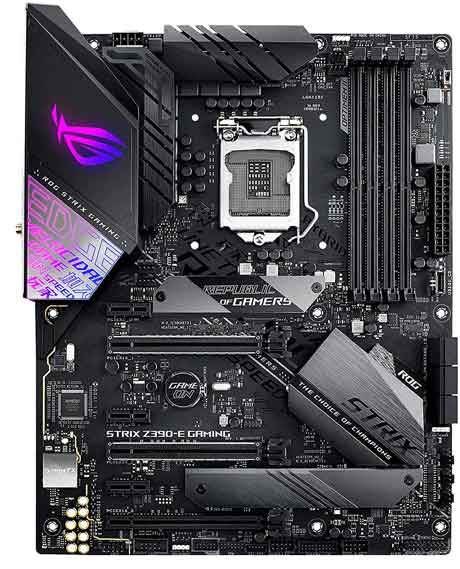
Several suggestions for motherboard selection:
1. Make sure that whether the motherboard is compatible with the CPU you choose or not.
2. Choose it from the following famous manufacturers: ASUS, MSI, GIGABYTE.
3. Motherboards have different types of size including E-ATX, ATX, M-ATX and MINI-ITX. The E-ATX and ATX motherboards are large in size and expensive while the M-ATX and MINI-ITX motherboards have a moderate price with small and medium size. It is recommended to choose the M-ATX and MINI-ITX motherboards to build a computer for home and office.
4. Intel CPU can be matched with Intel 300 series motherboards (H310, B360, B365, H370, Z370, Z390). Z series motherboard is a high-end motherboard with high performance and complete ports. It allows you to overclock CPU and memory and it is suitable for computer enthusiasts or special users. However, it is expensive. H310 series motherboard doesn't support M.2 ports so it is not recommended. The number of USB 3.0 ports and PCIE channels of the B series motherboard is less than that of the Z series motherboard. It is recommended to choose B series motherboard to build a pc for home and office.
5. The selection of AMD motherboard is similar to the above contents. You should select the motherboard that compatible with the CPU after choosing CPU.
Memory (RAM)
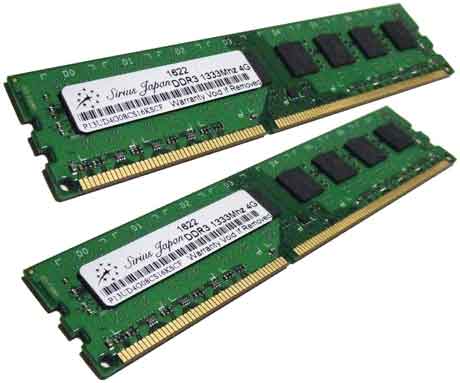
In terms of memory, you can consider in the following aspects:
1. Type. Memory comes in different types including DDR2, DDR 3, DDR4 and DDR4 is the mainstream at present. DDR4 has different frequencies including 2133 MHz, 2400 MHz, 2666 MHz and 3200 MHz, all of which are interchangeable. But it is not interchangeable between DDR2, DDR3 and DDR4. In general, the CPU of Intel Core 8th and 9th Gen both support DDR4-2133MHz, DDR4-2400MHz and DDR4-2666MHz. It is recommended to choose DDR4-2400MHz or DDR4-2666MHz.
2. Brand. It is advisable to choose the affordable memory of mainstream manufacturers so that the quality is guaranteed and the price is also cost-effective. Mainstream manufacturers include Kingston, Samsung, SK Hynix, Crucial, Apacer, Corsair, Lenovo, Dell, HP, etc.
3. Capacity. It is recommended to choose 8GB or 16GB of RAM. If you choose 16GB of RAM, it would be better to use two 8GB of RAMs in dual channels mode.
4. Pay attention to choose RAM of desktop instead of the appropriative RAM of laptop.
SSD
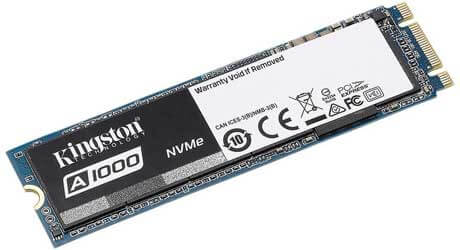
HDD is being phased out while SSD is the mainstream at present. Here are some suggestions on how to choose SSD:
1. Choose the SSD of M.2 port with NVME protocol, which possesses the fastest storage protocol and port at present.
2. Don't choose the SSD of M.2 port with SATA protocol, nor the SSD of SATA port.
3. Choose the affordable SSD in the following mainstream manufacturers: Intel, Samsung, Kington, Toshiba, HP, Dell, Lenovo, SanDisk, Micron, etc.
4. There are three types of NAND flash memory in SSD including TLC, MLC, SLC. TLC SSD is the mainstream with an affordable price. But the lifespan of TLC SSD is much shorter than that of MLC and SLC SSD. TLC SSD is competent for us to use but if you have important data to store, choosing another two types of SSD would be better.
5. Graphics card
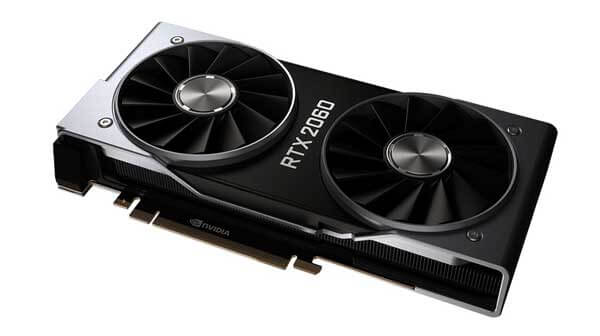
1. If your computer is used for general purpose (surfing the Internet, watching movies, document processing, office), low-end graphics card or integrated graphics card ($20-$30) will be a good fit.
2. If you have high requirements for graphics processing like 3D drawing, multi-dimensional modeling, gaming and video editing, it is recommended to choose high-performance graphics card (over $200).
6. Power supply unit

1. In one case, if your computer is used for home and office (CPU with four cores and below, low-end graphics card or integrated graphics card), you can choose the power supply with rated power of about 400W. In the other case, the power supply with rated power of over 500W is recommended.
2. Try to choose it from large and reputable manufacturers.
7. CPU Heatsink
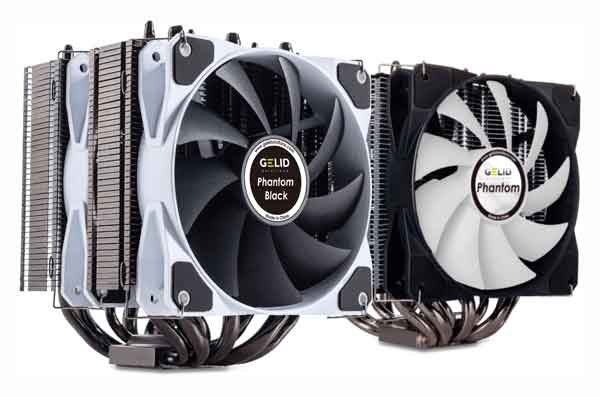
The boxed CPU is equipped with heatsink while the tray CPU is not and you need to purchase separately. In general, the CPU heatsink for 20-40 dollars is sufficient for the heat cooling of CPU for below 300 dollars. If you are a computer enthusiast and want to overclocking, water cooling heatsink is a pretty good choice.
8. Monitor
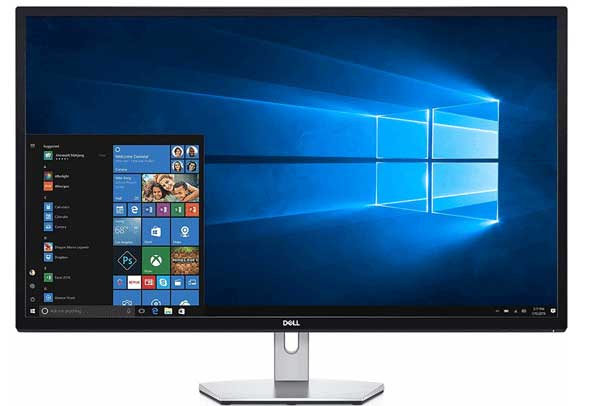
It is recommended to choose monitor of size from 21 inches up to 24 inches for general use. If you have some professional requirements such as graphics processing, you can choose over 27 inches professional monitors.
9. Computer case
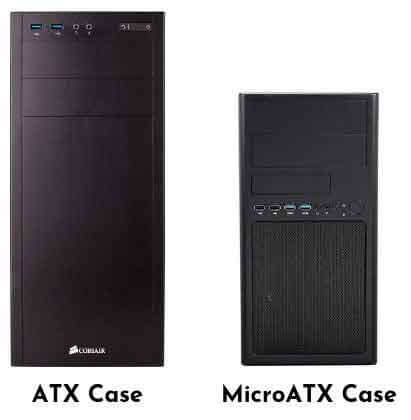
Suggestions:
1. There are two major types of case size: ATX and MATX. ATX case is large in size, which fits ATX and MATX motherboards. MATX case is specially designed for diminutive MATX motherboards, which is not suitable for ATX motherboard.
2. Choose the appearance that you like.
3. Try to choose the computer case of thick steel plate.
10. Operating System
When it comes to operating system, Windows 10 is a perfect choice. There are three versions of Windows 10: Home, Pro, Enterprise. If your budget is sufficient, I recommend you to choose Windows 10 Pro. Even if you have installed Windows 10 Home, you can upgrade to Windows Pro later so it doesn't matter if you have chosen the wrong version.
3. How to assemble the components
Once you've got all of computer components, then it is time to enjoy the fun of computer assembly. But how to put together a computer? Don't worry. The following video will teach you how to assemble a computer step by step.
4. Install operating system
After the computer is assembled completely, the next step is to install the operating system. Specific steps can refer to this article: 4 Steps to Install Windows 10 From USB Bootable Media.
5. Appendix
1. List of components for a general-purpose home computer ($600)
| CPU | I3-9100 |
| Motherboard | GIGABYTE B360M DS3H 74 |
| Memory | Corsair Vengeance LPX 16GB 3000 |
| SSD | Kingston 500GBA2000 M.2 2280 |
| Graphic Card | integrated |
| Power | Apevia ATX-AS450W Astro 450W |
| Case | Cooler Master MasterBox Q500L mATX Tower |
| Monitor | Dell 27 LED backlit LCD |
| Mouse+Keyboard | Logitech MK270 Wireless Keyboard and Mouse Combo |
| CD/DVD-ROM | None |
2. List of components for a high-performance gaming computer ($1300)
| CPU | i5-9400F |
| Motherboard | (ASUS)TUF B360M-PLUS GAMING S |
| Memory | Trident Z RGB DDR4-3200MHz 32GB (2x16GB) |
| SSD | Samsung 970 EVO Plus 1TB SSD |
| Graphics Card | (ZOTAC)GTX1660Ti X-GAMING 6GD6/1500-1830/12000MHz |
| Power | USCORSAIR CX750 |
| Case | CoolerMaster MB520 |
| Monitor | AOC Agon AG241QX 24″ Gaming Monitor |
| Mouse+Keyboard | Redragon S101 Gaming Keyboard and Mouse Combo |
| CD/DVD-ROM | None |
Refer to:



